![Food Waste By Taz [CC BY 2.0 (http:/creativecommons.org/licenses/by/2.0)], via Wikimedia C](/sites/default/files/styles/blog_thumbnail/public/images/blog/800px-gi-market-food-waste.jpg?itok=_rXDq7mT)
Vibrant Environment
Land Use And Natural Resources
All | Biodiversity | Climate Change and Sustainability | Environmental Justice | Governance and Rule of Law | Land Use and Natural Resources | Oceans and Coasts | Pollution Control
![Food Waste By Taz [CC BY 2.0 (http:/creativecommons.org/licenses/by/2.0)], via Wikimedia C](/sites/default/files/styles/blog_thumbnail/public/images/blog/800px-gi-market-food-waste.jpg?itok=_rXDq7mT)
Recycling food waste through composting and anaerobic digestion has the greatest potential by far to reduce the quantity of food waste going to landfills over the next 15 years relative to food waste reduction and reuse, according to ReFED. However, as more cities and states institute landfill food waste bans and other programs to promote recycling, the demand for centralized organic processing facilities is outpacing the supply. To address the gap, vendors are actively marketing to commercial customers new onsite pre-processing systems, including dehydrators, pulpers, and biodigesters. The systems can save money by reducing or eliminating off-site hauling of food waste and are well suited to facilities short on space and staff time. But the question arises: are the nutrients and energy in food waste really being recycled? The answer depends upon the next stage of processing.
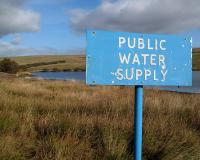
Water is fundamental to life, but it is not always bountiful. Many communities around the country already face water scarcity issues, whether such scarcity is due to a history of shortages, a present crisis, or growing concerns over the longevity of supplies. Accommodating population growth, and realizing the benefits from new development, only adds to the challenge in water-stressed areas.
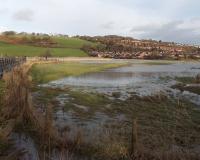
With all the national-level news surrounding the new administration’s approach to environmental protections, it can be easy to lose track of the important roles that state and local governments have in pushing forward plans and policies for environmental protection and resilient communities. Working on ELI and UNC’s floodplain buyouts project and stumbling upon a book from the ELI archives refreshed my excitement and understanding of the various levels on which we can push for environmental action.
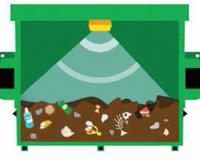
Imagine the dumpsters behind restaurant row in your community signaling their hauling company to come pick them up because they are full and about to overflow, or their food is rotting and about to stink up the neighborhood. Such are the promises for waste management of new “smart technologies,” based on sensors, radio frequency identification (RFID) tags, big data, and social networks.
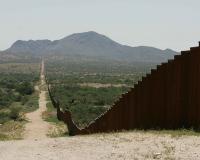
What happens when environmental laws are not enforced? That question is usually reserved for countries that lack sufficient rule of law. In fact, one of ELI’s core missions is to support rule of law all over the world.
But, in one limited case, the problem hits a little closer to home. The border wall proposed by the Trump Administration would be exempt from most environmental laws.
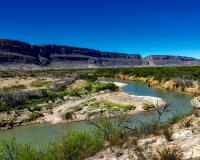
Often lost in discussions of efficacy and payment relating to the proposed U.S.-Mexico border wall is what would happen to the environment if a concrete divider were placed across a nearly-2,000 mile swath of habitat. While wall-like barriers already stand on hundreds of miles of the U.S.-Mexico border, expanding to a full-border wall would constitute a massive transformation of the rest of the United States’ southern borderlands, posing substantial threats to the wildlife that roam the area.
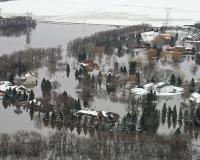
Flooding, storms, and other hazardous conditions cost billons of dollars in damages annually across the United States. Hazard mitigation programs attempt to break the cycle of repeated disaster damage by identifying and addressing a community’s disaster vulnerabilities in anticipation of future events. One such hazard mitigation solution is the voluntary acquisition of flood-damaged properties from their owners, using the federal hazard mitigation grant program and other state and federal grant programs. The acquisition and restoration of these floodplain properties can increase community resilience while improving wildlife habitat, enhancing ecosystem services, and providing much-needed open space and recreational facilities to a community. Buyouts present an opportunity for communities to create public assets while restoring the ecological integrity of the floodplain and strengthening the community’s resilience to future disasters.

In a Vibrant Environment blog post on February 17, 2017, we provided an overview of the types of approaches that cities and states can use to address the environmental and social justice implications of wasting 40% of the food that is produced in the United States. We addressed reducing food waste before it happens, but because that is not always possible, we turn now to the next best alternative—rescuing or donating wasted food.
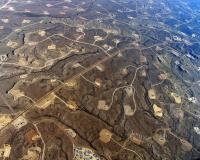
Since 2008, there have been numerous reports of drinking water contaminated by hydraulic fracturing, or fracking. Footage from the film Gasland famously showed residents of Dimock, Pennsylvania, igniting water from their taps, arguably demonstrating that methane had migrated into their water sources during the fracking processes.
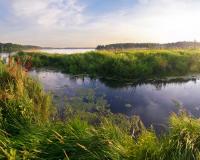
Climate change presents immense challenges to coastal communities and to ecosystems affected by sea-level rise, salt water intrusion, changes in average temperature, storm frequency, and species composition. Existing wetland complexes are among the “natural and nature-based features” that currently buffer human communities from catastrophic storm events and that help ecosystems rebound from major stresses and impacts.